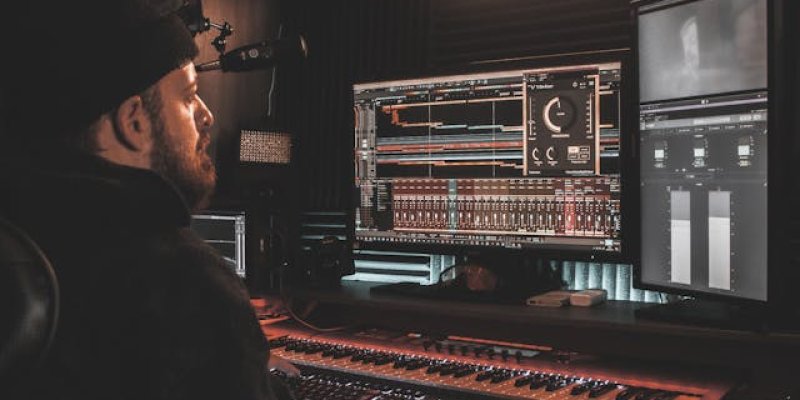
The sample rate of an audio recording determines how many samples of audio are captured per second. This rate is measured in kilohertz (kHz).
Common sample rates include 44.1 kHz, 48 kHz, 96 kHz, and 192 kHz. Understanding the differences between these sample rates can help you make informed decisions about which to use for your recordings.
Overview:
Pros:
Cons:
Use Cases:
Overview:
Pros:
Cons:
Use Cases:
Overview:
Pros:
Cons:
Use Cases:
Overview:
Pros:
Cons:
Use Cases:
Consider what the recording will be used for. For example, audio intended for video should generally be recorded at 48 kHz, while music production might use 44.1 kHz or higher for better quality.
Higher sample rates mean larger file sizes and increased demand on your computer’s processing power and storage. Ensure that your hardware can handle these requirements if you opt for higher sample rates.
Consider the playback environment and the end listener’s equipment. High sample rates may not provide noticeable benefits if the final playback will be on standard consumer devices.
Higher sample rates offer better quality but also come with practical trade-offs. Balancing quality with practicality ensures that you get the best possible sound without unnecessary complications.
Choosing the right sample rate depends on your specific needs, the intended use of the recording, and the balance between quality and practicality. For most music production, 44.1 kHz or 48 kHz will be sufficient. For professional and archival purposes, 96 kHz or higher might be preferred.
Understanding these differences allows you to make informed decisions that best suit your projects and ensure optimal results.

As a session singer, writer, and producer that has worked with over 300 clients to provide high-quality jingles, singles, and features, Yona spends her time creating and marketing new music and helpful resources for creators. Check out Yona’s latest releases on her Spotify, her Youtube and share if you like it!
If you are in need of singer, songwriter or song producer services, see what Yona Marie can offer you on her services page.